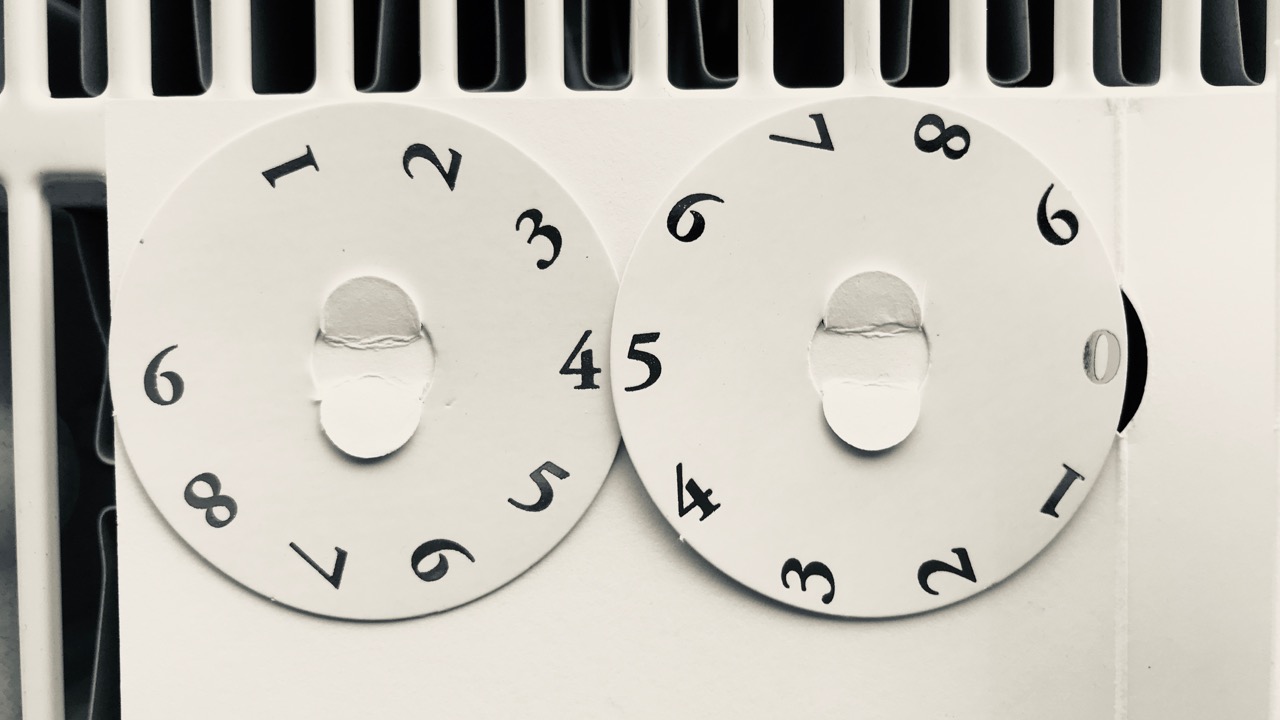Menneskene i "Lifelong Dance Practice: Project 45+" arbeider som direktører for festivaler, danse kompanier og diverse programmer. De er professorer ved universiteter, arrangører og kreative kunstnere i Estland, Latvia, Litauen og Norge. Men deres hverdag handler ikke bare om den vakre dansekunsten. Rengjøring av bl.a. rom og studioer er en virkelig del av den såkalte "kunstnerisk friheten" og "uttrykk" i vårt yrke - og dette er ikke bare sant i vår region.
Denne forestillingen er en påminnelse om dette til vårt elskede publikum og hyller de mange dedikerte danserne og koreografene over hele verden som ikke bare skaper koreografi for scener, men faktisk noen ganger sitter fast i denne typen "Rumpedans (koreografi for hverdagen) “.
Forestillinger DanseFestival Barents Lørdag 10.11.17 ca. kl. 17.30 Foajeen Arktisk kultursenter.
Medvirkende Tiina Ollesk, Rene Noomik, Olga Zitluhina, Vilnis Birins, Guna Birina, Aira Naginevicuite - Adomaitiene, Goda Laurinavicuite, Solveig Leinan-Hermo og Gwyn Vaughan Jones.
Som en del av forestillingen leste Gwyn Vaugn Jones følgende tekst fra Wikipedia om hva en rumpe er:
The buttocks (singular: buttock) are two rounded portions of the anatomy, located on the posterior of the pelvic region of primates (including humans), and many other bipeds or quadrupeds, and comprise a layer of fat superimposed on the gluteus maximus and gluteus medius muscles. Physiologically, the buttocks enable weight to be taken off the feet while sitting. In many cultures, they play a role in sexual attraction.[1] Some cultures, such as that of Victorian England, have also used the buttocks as a primary target for corporal punishment,[2] as the buttocks' layer of subcutaneous fat offers protection against injury while still allowing for the infliction of pain. There are several connotations of buttocks in art, fashion, culture and humor, and the English language is replete with many popular synonyms that range from polite colloquialisms ("posterior", "backside" or "bottom") to vulgar slang ("arse," "ass," "bum," "butt," "booty," "prat"). In humans the buttocks are located between the lower back and the perineum.
The buttocks are formed by the masses of the gluteal muscles or "glutes" (the gluteus maximus muscle and the gluteus medius muscle) superimposed by a layer of fat. The superior aspect of the buttock ends at the iliac crest, and the lower aspect is outlined by the horizontal gluteal crease. The gluteus maximus has two insertion points: 1⁄3 superior portion of the linea aspera of the femur, and the superior portion of the iliotibial tractus. The masses of the gluteus maximus muscle are separated by an intermediate intergluteal cleft or "crack" in which the anus is situated.
The buttocks allow primates to sit upright without needing to rest their weight on their feet as four-legged animals do. Females of certain species of baboon have red buttocks that blush to attract males. In the case of humans, females tend to have proportionally wider and thicker buttocks due to higher subcutaneous fat and proportionally wider hips. In humans they also have a role in propelling the body in a forward motion and aiding bowel movement.
Some baboons and all gibbons, though otherwise fur-covered, have characteristic naked callosities on their buttocks. While human children generally have smooth buttocks, mature males and females have varying degrees of hair growth, as on other parts of their body. Females may have hair growth in the gluteal cleft (including around the anus), sometimes extending laterally onto the lower aspect of the cheeks. Males may have hair growth over some or all of the buttocks.



